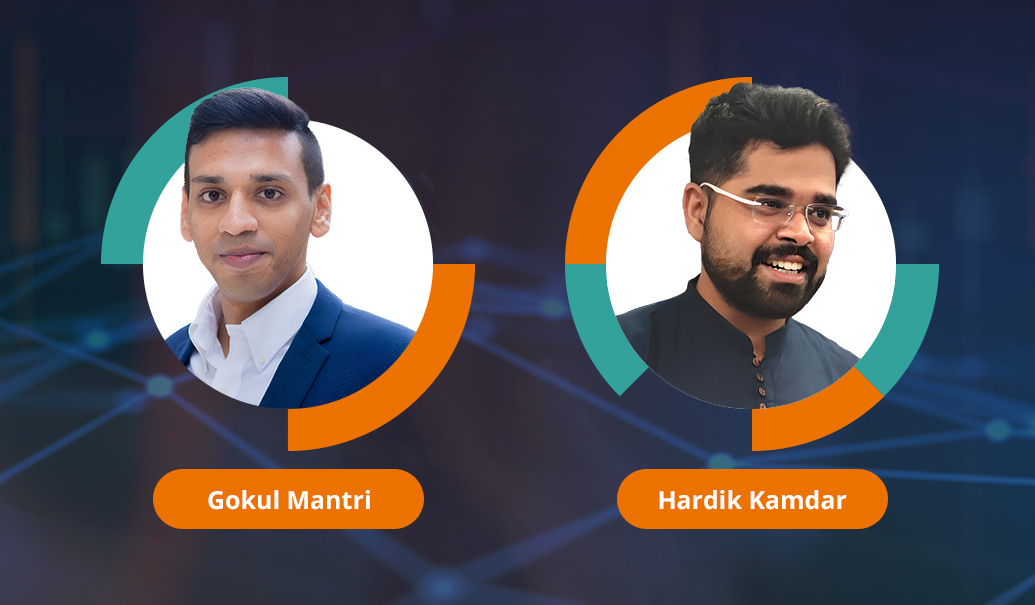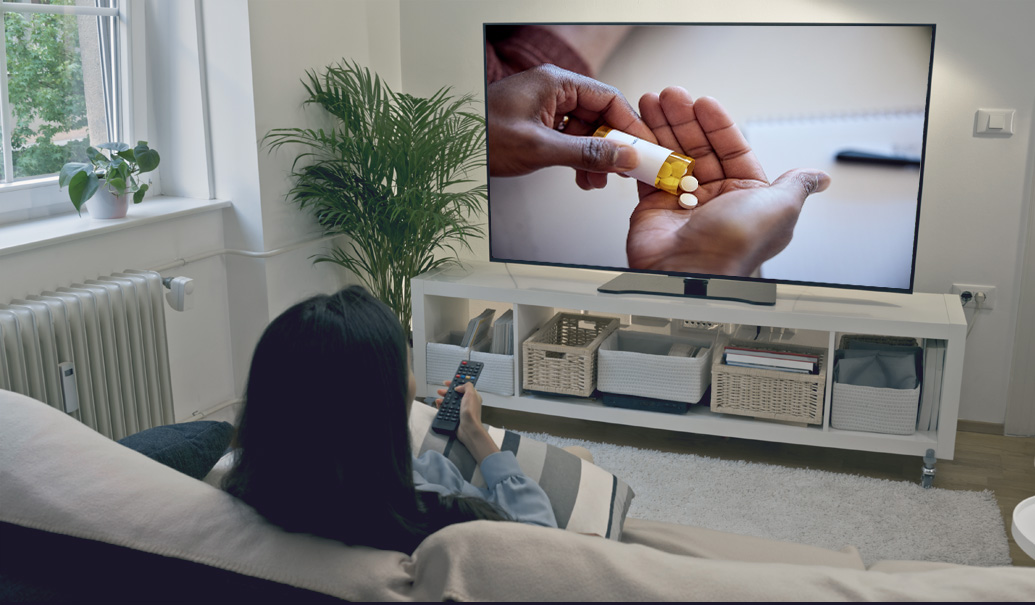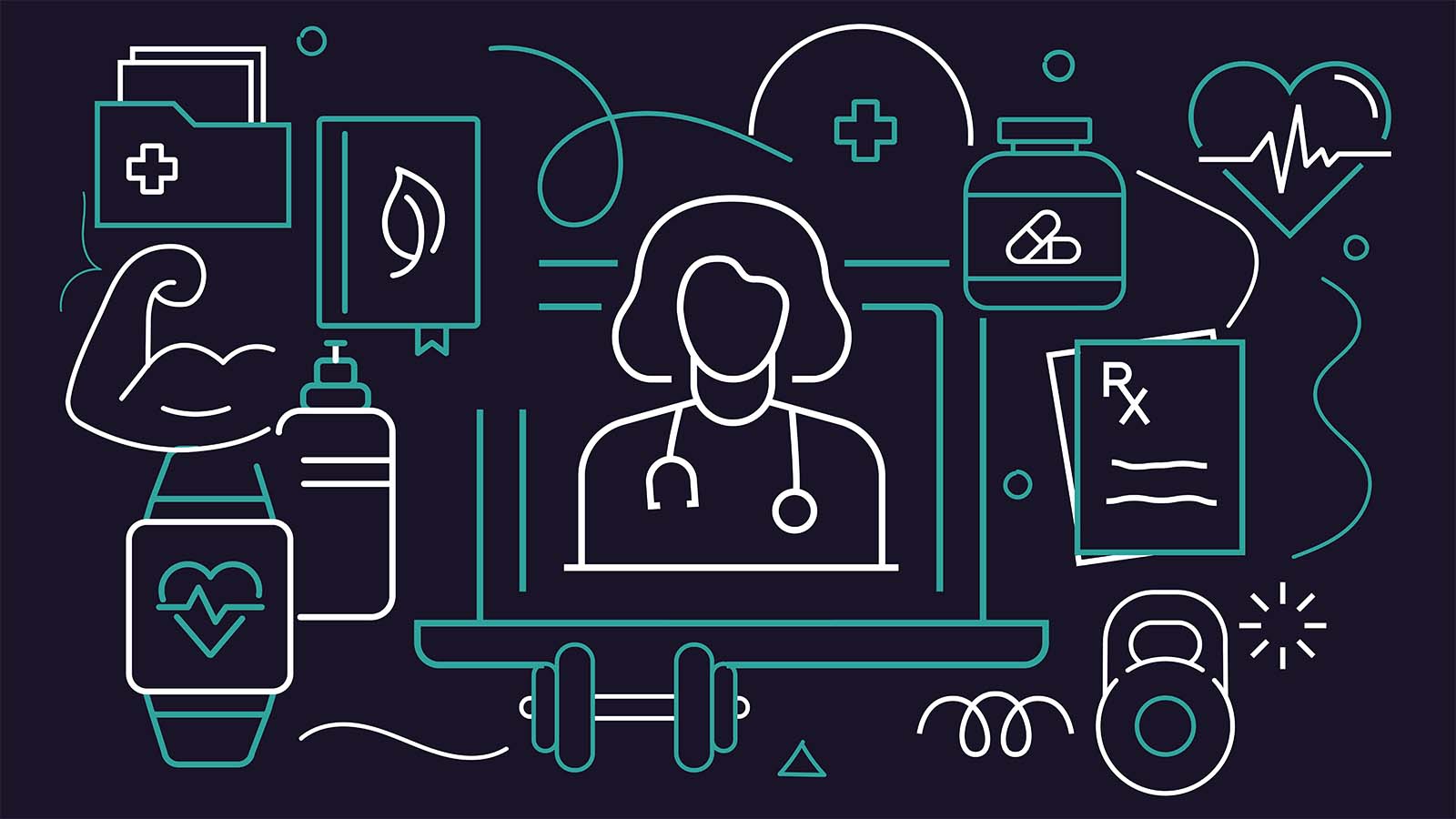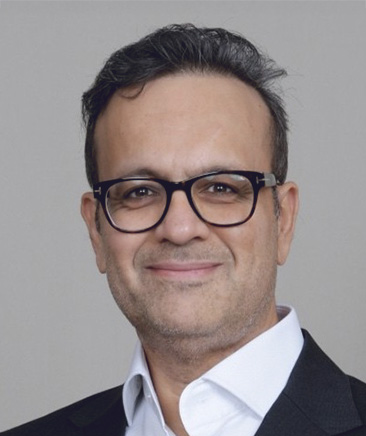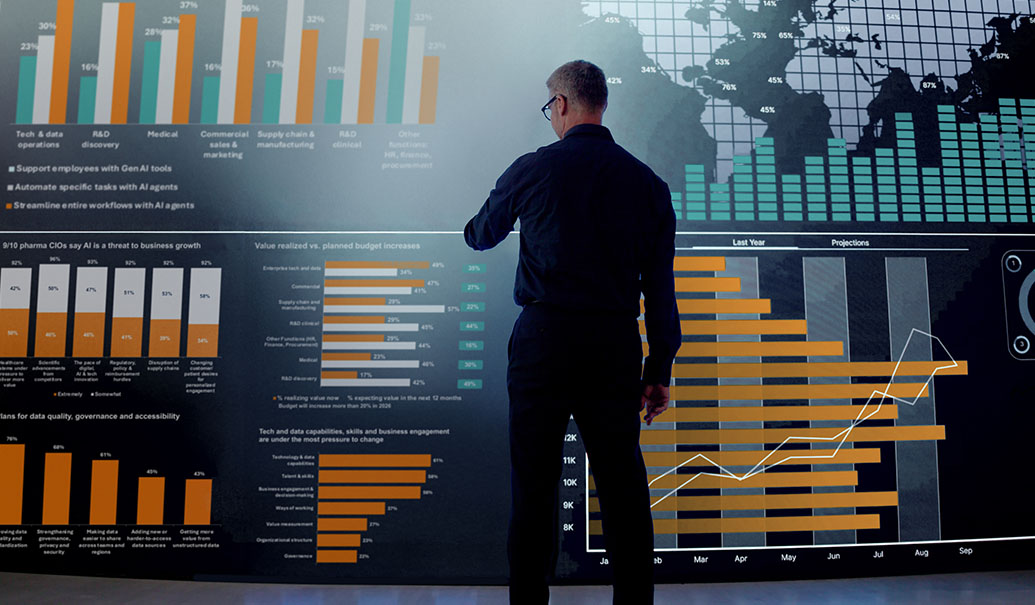The next chapter of healthcare is smarter, faster and more connected—all thanks to the power of emerging technologies that are fundamentally shifting how healthcare leaders identify and create value.
We’ve talked about this new chapter as part of healthcare’s future, but now we see this future coming to life as more companies invest in technology as a true differentiator.
These trends are not just for the CIO or CDIO. Every leader in healthcare benefits from understanding them.
These trends are not just for the CIO or CDIO. Every leader in healthcare benefits from understanding them.
The 3 must-know trends for every digital strategy
Our three trends are augmented experiences, industrialized intelligence and connected data. Each is reinforced by strong governance practices for data privacy and security and responsible AI development.
Each of these three trends has the potential to create exponential value for organizations that master them. They have the power to disrupt the current healthcare landscape by enabling:
Augmented experiences to engage patients, customers and end users
Augmented experiences create opportunities to engage patients, customers or end users with what they see and touch. These experiences simulate different possibilities, essentially showing people the “art of the possible” before they commit.
Industrialized intelligence to deliver value
Industrialized intelligence empowers healthcare organizations to make smarter decisions across their entire business. It uses AI to analyze vast amounts of data from a company’s products, services and operations. This unlocks valuable insights that can lead to new business opportunities, streamline processes for unmatched efficiency and, importantly for pharma, accelerate drug development timelines.
Connected data to personalize care
Imagine healthcare as a complex ecosystem, where valuable data flows from different sources like hospitals, clinics, pharmacies, insurers and even device and drugmakers. Connecting this data creates a unified system, allowing everyone involved to communicate and collaborate more effectively. Healthcare providers then benefit from a holistic view of each patient—a complete picture built by integrating all this data. This comprehensive understanding empowers them to deliver more precise and personalized care for everyone.
Add insights to your inbox
We’ll send you content you’ll want to read – and put to use.







